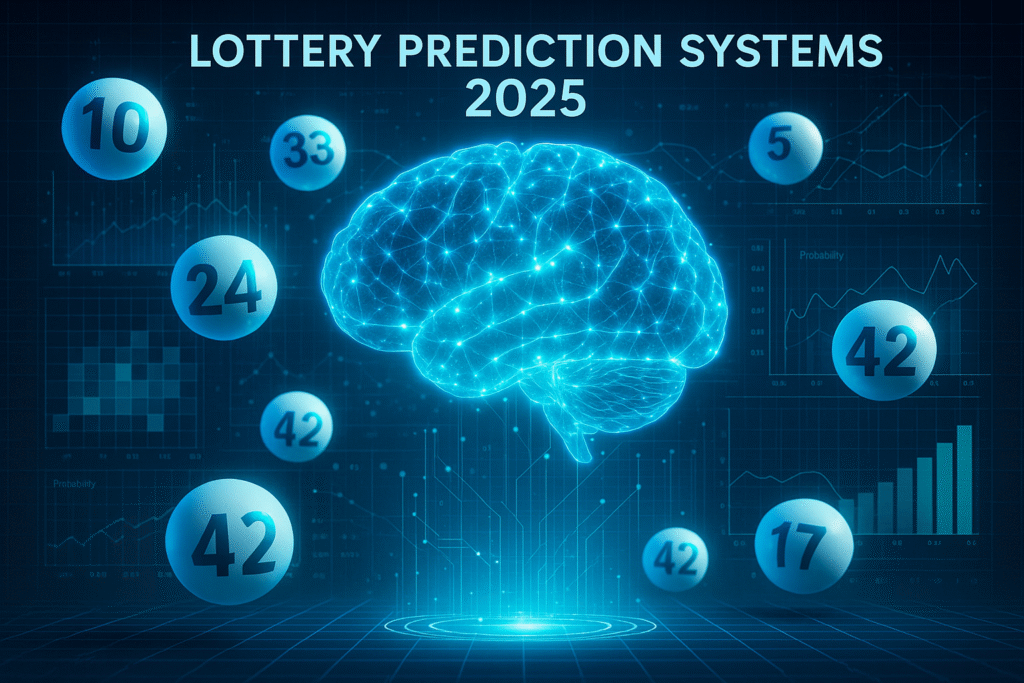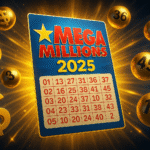The dream of cracking the lottery code has existed for decades. In 2025, that dream is closer than ever — not because luck has changed, but because technology has. AI algorithms, data analytics, and probability models are transforming how players select numbers, making lottery play more strategic than ever before.
Below, we break down the smartest techniques used by modern players to predict patterns, increase efficiency, and gain an edge.
1. AI-Driven Number Prediction Systems
Artificial intelligence has become the cornerstone of lottery forecasting. Tools powered by machine learning now analyze millions of past draws, identifying numerical relationships invisible to the human eye.
AI prediction software in 2025 doesn’t claim to guarantee wins — instead, it detects statistical irregularities, clusters of hot and cold numbers, and timing patterns. These systems can suggest combinations with higher-than-average probability density, giving players a smarter way to choose.
Pro Tip: Use AI tools that display transparency in data sources, and cross-verify with official lottery histories.
2. Frequency and Skipping Analysis
Every number in a lottery has its own rhythm. Frequency analysis checks how often certain digits appear, while skip analysis measures how many draws pass before a number repeats.
By combining both methods, players can build hybrid number sets — a mix of frequently drawn numbers with those that are statistically “overdue.”
For example: if 14, 27, and 33 have appeared often, but 19 hasn’t shown in 15 draws, that number might be approaching a probability rebound.
Smart players call this the “Balance Method” — blending hot and cold numbers into one sequence.
3. The Delta System Approach
The Delta System is a mathematical technique that focuses on the differences between consecutive numbers rather than the numbers themselves.
Instead of guessing random digits, you calculate gaps (deltas) between them — for example, 3, 5, 7, 10, 15. This reduces pattern overlap and random duplication.
In 2025, digital lottery platforms allow players to simulate these delta patterns instantly, finding sequences with balanced probability spacing.
4. Group Play and Statistical Pooling
Group play, or syndicates, have become more efficient thanks to AI automation. Instead of manually pooling tickets, digital platforms now assign optimal number spreads across all participants, ensuring no duplication and complete number coverage.
This dramatically increases your chance of hitting at least part of a major jackpot. The key is organization — the smarter the system, the greater the odds.
5. Data Timing and Draw Rhythm
Every lottery has hidden timing behavior. By tracking historical draws, advanced players notice repeating time gaps between major wins. AI-based trackers now highlight “high probability windows” — specific periods when jackpot resets and number repetition rates rise.
Although results are still random, the timing correlation can nudge the odds slightly in your favor when combined with number frequency data.
6. Smart Discipline: The Winning Mindset
Even with AI assistance, the real edge lies in discipline. The best players set structured budgets, track performance data, and adjust systems after every 10–15 draws. Treat the lottery like a long-term project, not a single bet.
Remember: Predicting the lottery isn’t about certainty — it’s about smart probability management.
Conclusion: From Guesswork to Strategy
In 2025, lottery prediction is no longer blind luck. It’s about patterns, math, and machine learning. By using AI-driven tools, frequency systems, and disciplined bankroll strategies, players can finally tilt the odds — even if just slightly — in their favor.
Luck may start the game, but logic finishes it.


